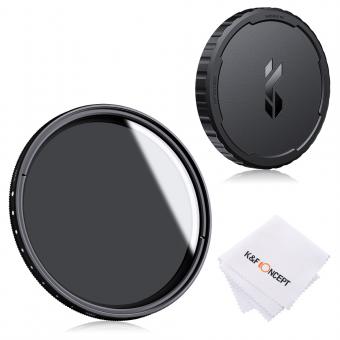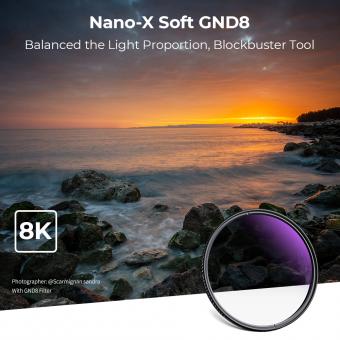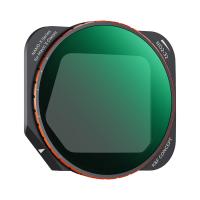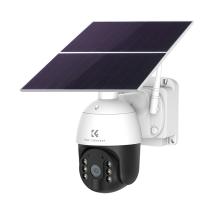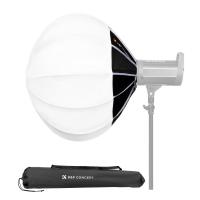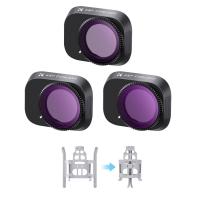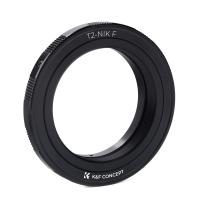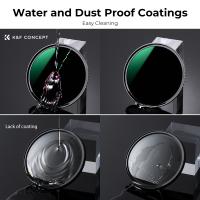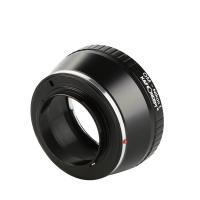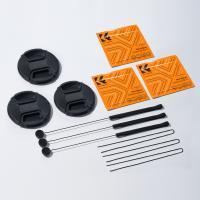What Nd Filter For Landscape ?
For landscape photography, a neutral density (ND) filter with a strength of 3-6 stops is typically recommended. This allows for longer exposure times, which can help to create a sense of motion in water or clouds, and can also help to balance the exposure between the sky and foreground. The exact strength of the ND filter will depend on the lighting conditions and the effect you are trying to achieve. It is also important to choose a high-quality ND filter to avoid color casts or other unwanted artifacts in your images.
1、 Neutral Density Filter Basics
What ND filter for landscape?
When it comes to landscape photography, a neutral density (ND) filter is an essential tool for achieving the desired exposure and creative effects. ND filters reduce the amount of light entering the lens without affecting the color or contrast of the image. This allows for longer shutter speeds, which can create motion blur in waterfalls or clouds, and can also be used to achieve a shallow depth of field in bright conditions.
The strength of an ND filter is measured in stops, with higher numbers indicating greater light reduction. For landscape photography, a 3-stop or 6-stop ND filter is typically sufficient, although stronger filters may be necessary for extremely bright conditions or longer exposures.
It's important to choose a high-quality ND filter to avoid color casts or loss of sharpness in the image. Some popular brands include Lee Filters, B+W, and Hoya.
In recent years, variable ND filters have become increasingly popular for their versatility and convenience. These filters allow for adjustable light reduction by rotating the filter ring, eliminating the need to carry multiple filters. However, some photographers have raised concerns about the potential for image quality degradation and color shifts with variable ND filters.
Ultimately, the choice of ND filter for landscape photography depends on the specific shooting conditions and creative goals of the photographer. Experimentation and practice are key to mastering the use of ND filters and achieving stunning landscape images.
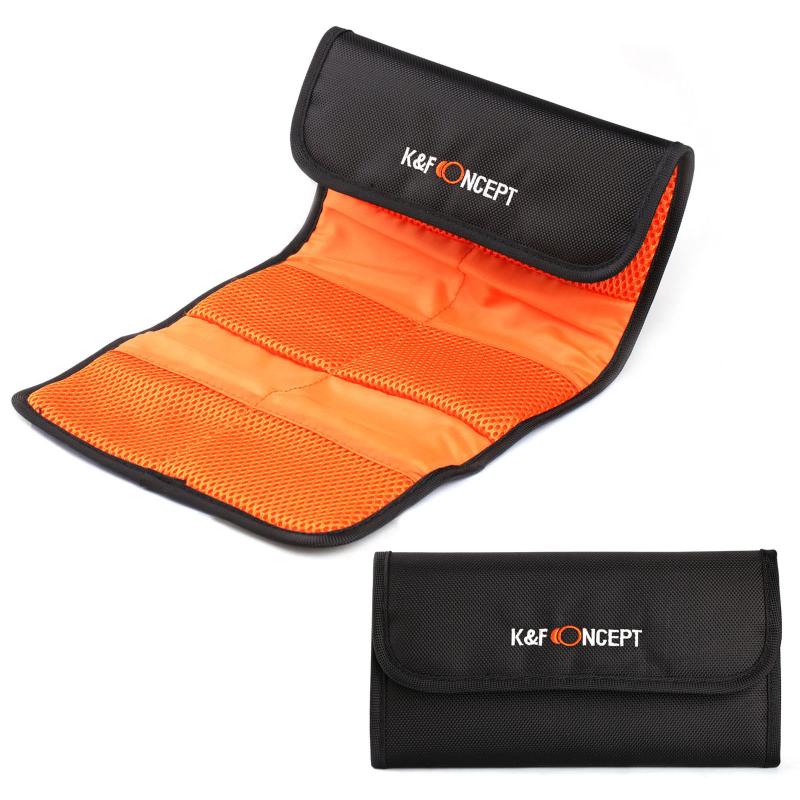
2、 Types of ND Filters for Landscape Photography
Types of ND Filters for Landscape Photography
ND filters, or neutral density filters, are essential tools for landscape photographers. They help to reduce the amount of light entering the camera, allowing for longer exposure times and creative effects. There are several types of ND filters available, each with its own unique characteristics and uses.
1. Solid ND Filters: These filters are the most common type of ND filter and come in various strengths, ranging from 1-stop to 10-stops. They are ideal for capturing long exposures of landscapes, waterfalls, and seascapes.
2. Graduated ND Filters: These filters are designed to balance the exposure between the sky and the foreground. They come in two types: hard-edge and soft-edge. Hard-edge filters are best for landscapes with a clear horizon line, while soft-edge filters are ideal for landscapes with an uneven horizon.
3. Variable ND Filters: These filters allow you to adjust the strength of the ND effect by rotating the filter. They are convenient for situations where the light is constantly changing, such as during a sunset or sunrise.
4. Reverse ND Filters: These filters are designed to balance the exposure between the bright sky and the darker foreground in sunrise or sunset scenes. They have a stronger ND effect in the center of the filter, gradually decreasing towards the edges.
In recent years, there has been a rise in popularity of magnetic ND filters, which attach to the lens using a magnetic adapter ring. They are convenient and easy to use, but may not be as durable as traditional screw-on filters.
When choosing an ND filter for landscape photography, consider the strength of the filter, the type of landscape you will be shooting, and the effect you want to achieve. It is also important to invest in high-quality filters to ensure the best image quality.
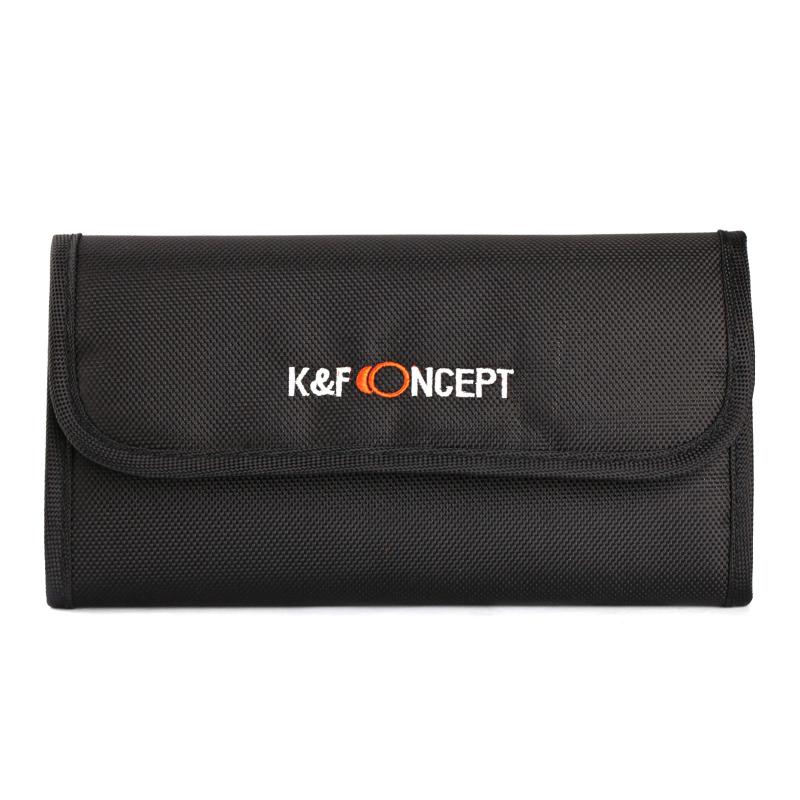
3、 Choosing the Right ND Filter Strength
Choosing the right ND filter strength for landscape photography is crucial to achieving the desired effect. ND filters are used to reduce the amount of light entering the camera, allowing for longer exposure times and creating a range of creative effects such as motion blur and smooth water. The strength of the ND filter required will depend on the lighting conditions and the desired effect.
For landscape photography, a popular choice is the 6-stop ND filter, which allows for longer exposures without overexposing the image. This strength is ideal for capturing the movement of clouds, waterfalls, and other natural elements in the landscape. However, in bright sunlight, a stronger ND filter may be required, such as a 10-stop or 15-stop filter, to achieve the desired effect.
It is important to note that the strength of the ND filter will also affect the color balance of the image. Stronger ND filters can result in a color cast, which can be corrected in post-processing. Additionally, the quality of the ND filter is important to consider, as cheaper filters may result in lower image quality and color distortion.
In recent years, variable ND filters have become increasingly popular for landscape photography. These filters allow for adjustable strength, making them versatile for different lighting conditions and desired effects. However, it is important to note that variable ND filters may result in a loss of image quality and color distortion at higher strengths.
Ultimately, the choice of ND filter strength will depend on the specific shooting conditions and desired effect. It is important to experiment with different strengths and types of ND filters to find the best fit for your photography style.
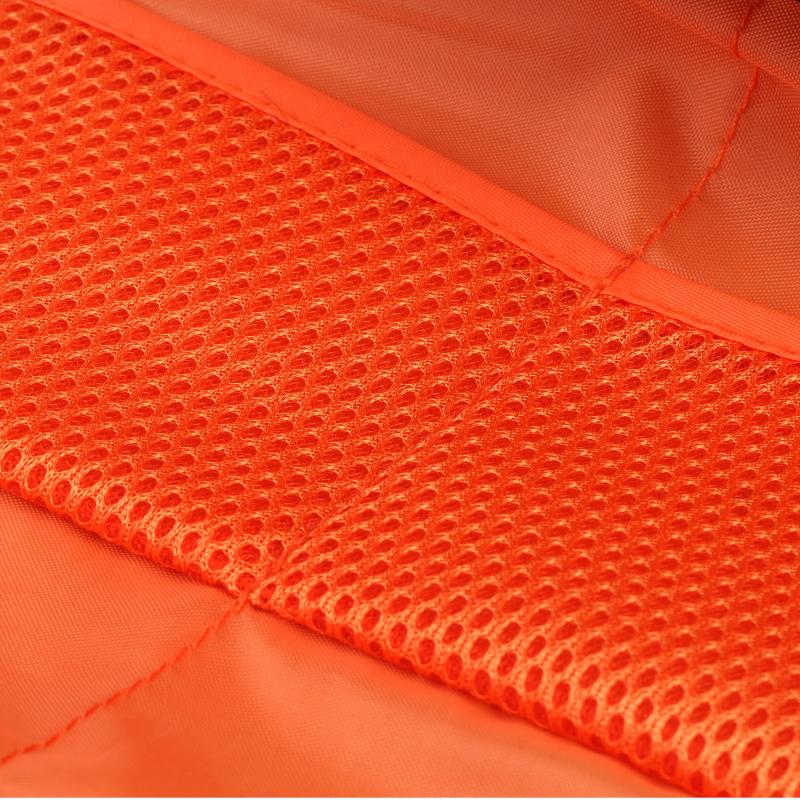
4、 Using ND Filters for Long Exposure Photography
What ND filter for landscape?
When it comes to landscape photography, ND filters are an essential tool for achieving long exposure shots. ND filters, or neutral density filters, reduce the amount of light entering the camera lens without affecting the color or contrast of the image. This allows for longer exposure times, which can create stunning effects such as silky smooth waterfalls or streaking clouds.
The type of ND filter you choose will depend on the lighting conditions and the effect you want to achieve. For bright daylight conditions, a 6-stop or 10-stop ND filter is recommended. These filters will allow for exposure times of several seconds or more, which can create dramatic effects in your landscape photos.
It's also important to consider the quality of the ND filter you choose. Cheaper filters may introduce color casts or reduce image sharpness, so investing in a high-quality filter is recommended. Some popular brands include Lee Filters, B+W, and Hoya.
In recent years, there has been a trend towards using variable ND filters, which allow you to adjust the amount of light reduction by rotating the filter. While these filters can be convenient, they may introduce some image quality issues such as vignetting or color casts.
Overall, ND filters are a powerful tool for landscape photographers looking to create stunning long exposure shots. By choosing the right filter and experimenting with exposure times, you can take your landscape photography to the next level.


